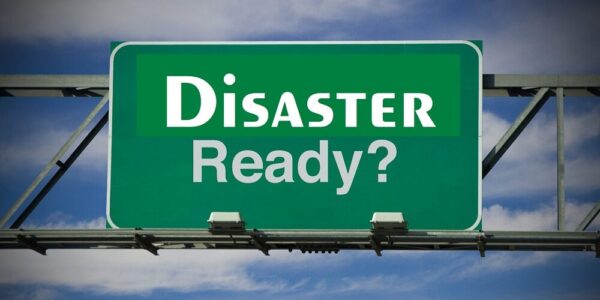Building Ladakh Disaster Resilience with Education
Disasters are a world problem. They don’t discriminate and nobody is untouched by it. However, early warning and early response for prevention at peacetime make a difference. We cannot stop disasters from taking place. What humans can do is, manage the risk. We can prepare for disasters, mitigate the risk and respond wisely to reduce tangible and intangible losses. Covid19 is an eye-opener for us. An overwhelming biological disaster that has paralyzed life throughout the world.
The Union Territory of Ladakh is susceptible to multi-hazards say earthquake, floods, landslides, snow avalanches, cloudbursts, drought, and windstorms among others. August 2010 cloudburst triggered flash flood is one such unforgettable event that caught us unawares. This is one instance but there are many. Our inability to learn any lessons from past adversities is a recipe for a new disaster. Let’s learn to prepare and not repeat past mistakes!
The incidence of extreme events is increasing globally as aggravators such as climate change, growing population, unplanned development goes unchecked. Ladakh is no different. Now is the time to start preparations, educate people about prevailing hazards and associated risks in the region, strengthen disaster resilient infrastructure, and build peoples’ capacity and resilience to disasters through sustained efforts. Ladakh being now a separate Union Territory (UT) has a tremendous scope to lead the nation and become an example of a disaster-resilient and disaster-free region. This would not happen in a few days but a long-term strategy and sustained efforts can help make it possible. The collective approach needs to be followed to progress in this direction. Certain immediate steps that our administration should take to get us from here to there are briefly discussed below:
* Click to Follow Voice of Ladakh on WhatsApp *
Creation of Special Centre for Disaster Research (SCDR) at University of Ladakh (UOL):
The introduction of a specialized center for disaster research similar to SCDR, JNU, and Jamia Milia Islamia, New Delhi will be a greater milestone in the progress of disaster education in Ladakh to safeguard the people of Ladakh from the peril of adversities. It is possible with limited infrastructure and funding. Initially, a group of disaster managers should work on fundamental disaster research specific to the area, join collaborations, and later, research programs can be started to broaden the horizons. The sky is the limit.
Introduction of Disaster Management as a new subject:
Introduction of Disaster Management as a compulsory course at PG/UG level in the University of Ladakh and constituent colleges and appointment of Disaster specific teaching staff will be a good initiative for the process of education, training, mass awareness, and skill enhancement. This could be at par with universities like the University of Kashmir, JNU, JMI, etc. This step could be of utmost importance for the multi-hazard prone mountainous Ladakh region. This will help the students get a sound knowledge about the various hazards and associated vulnerabilities in the region. There is a need of Disaster specific academic staff for the same which can be a great help to develop the culture of appropriate disaster management knowledge in the region.
Awareness generation through community involvement:
There is a need of making the people of the region aware of the existing hazards, vulnerabilities, and associated risks. For this to make achievable, disaster education at all levels is a need. People should be given basic knowledge for safety, first aid, the importance of early warning. Locals should be encouraged to share their disaster experiences to practice traditional knowledge as a solution to modern problems. There should be a culture of following suggestions and guidelines from government formulated policies before going for developmental works in both private and public sectors.
Strengthening of Disaster Management Cell:
The available DM cell at both the Districts needs to be supplemented by professional staff trained in disaster risk management. Formulation of effective disaster management cells at the block level can be an effective way forward to overcome the unprecedented challenges posed by multi-hazards in the region at the grassroots level. The ongoing covid -19 pandemic has taught us that there could be times where the national or international mechanisms and assistance can altogether get disturbed. There is a need to work for developing the local level capacities for increasing the local level resilience of communities.
Establishment of an Emergency Operation Center (EOC):
There is a need to establish a UT-level Emergency Operation Center (EOC) that can look after the disaster risk management and related works in coordination with the relevant stakeholders. This will help to centralize and channelize the efforts that are taken for disaster risk reduction concerning the region.
Managing disasters is our collective and individual responsibility. However, being citizens of the region, we need to understand that it is our primary responsibility to make the best of our efforts to plan and act well in time rather than waiting for some other to do it for us. I am sorry to say, if we fail today, tomorrow will be too late!

0 Comments